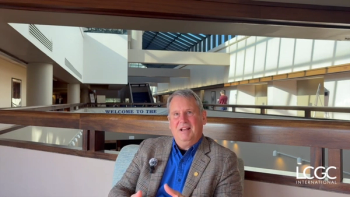
Analysis and Fate of Surfactants in the Aquatic Environment
According to Analysis and Fate of Surfactants in the Aquatic Environment (Volume 40 of Wilson & Wilson's Comprehensive Analytical Chemistry), an understanding of the fate and behaviour of organic chemicals, such as surfactants?
by Thomas Knepper, Damia Barcel and Pim de Voogt
According to Analysis and Fate of Surfactants in the Aquatic Environment (Volume 40 of Wilson & Wilson's Comprehensive Analytical Chemistry), an understanding of the fate and behaviour of organic chemicals, such as surfactants, in the environment is a prerequisite for the sustainable development of human health and ecosystems. Increased information is needed about surfactant's lifespan in the environment, their biodegradability in wastewater treatment plants and in natural waters, and their ecotoxicity. Unexpected adverse effects to future generations of people and the environment can only be avoided by learning the parameters relevant for assessment of long-term behaviour (e.g., interactions with hormonal systems). However, identification and quantification of commercial surfactants in the environment is complicated and cumbersome because they comprise tens to hundreds of homologues, oligomers and isomers of anionic, non-ionic, cationic and amphoteric compounds.
Aimed at professionals working in environmental laboratories, environmental agencies, surfactants industry, water industry and sewage treatment facilities, this book builds largely upon the EU-funded PRISTINE project (Priority surfactants and their toxic metabolites in wastewater effluents: An integrated study; ENV4-CT97-0494), to explore analysis and concentrations of surfactants and their degradation products in the environment. A general introduction to surfactants is followed by a variety of analytical techniques, including sample handling for the analysis of surfactants in the aquatic environment. Information on analysing different groups of surfactants, with special emphasis on transformation products, is covered and quality assurance is reported on in detail. Chapters on toxicity and risk assessment give a perspective on the surfactants problem in the aquatic environment.
Specific topics addressed include: surfactants properties, production and environmental aspects; separation and detection (GC and GC-MS determination; CE in analysis; determination using conventional detectors; atmospheric pressure ionization MS); sample handling (analysis in water; handling of non-ionic surfactants in sludges and sediments; determination in biota); quantification and quality assurance in analysis (advantages and limitations in quantification by LCMS; stability in post-sampling storage; interlaboratory studies for determination); environmental processes (aerobic biodegradation; anaerobic biodegradation; biodegradation of LAS in the marine environment; sorption on natural sediments; fate of organosilicone surfactants); occurrence in the environment (concentrations in wastewater treatment plants, in surface waters and freshwater sediments, and in drinking water; occurrence and fate in soil, subsoil and groundwater); toxicity (for aquatic life bioconcentration; estrogenicity; risk assessment); recommendations and future trends.
If you are interested in reviewing the book, email your details to
Newsletter
Join the global community of analytical scientists who trust LCGC for insights on the latest techniques, trends, and expert solutions in chromatography.





